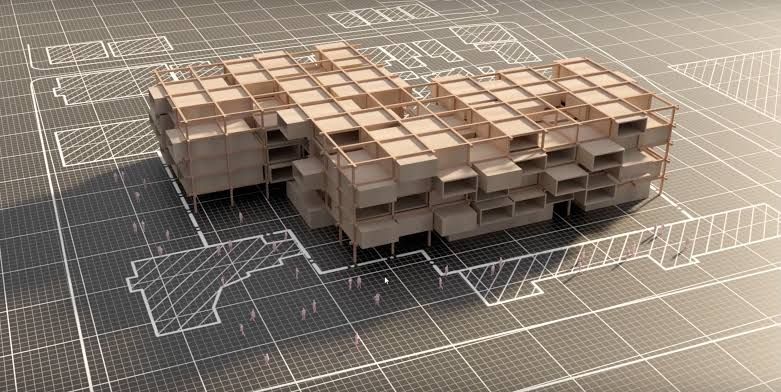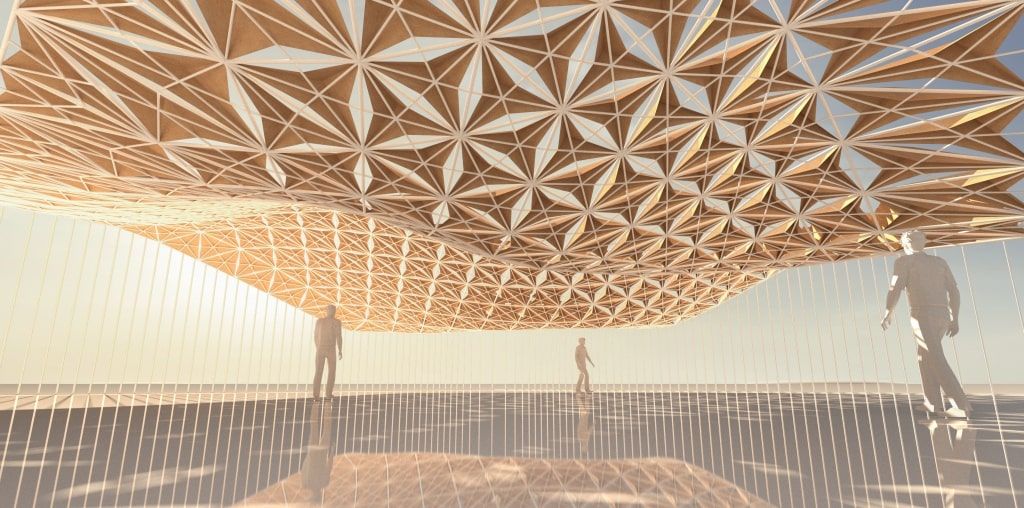Streaming Now – Novatr’s story on The Indian Edtech Story, only on Jio Hotstar.
PROGRAMS
Join thousands of people who organise
work and life with Novatr.
4 Benefits and Limitations of Applying Parametric Modelling to Your Design Process
Thet Hnin Su Aung
9.5 mins read
May 28
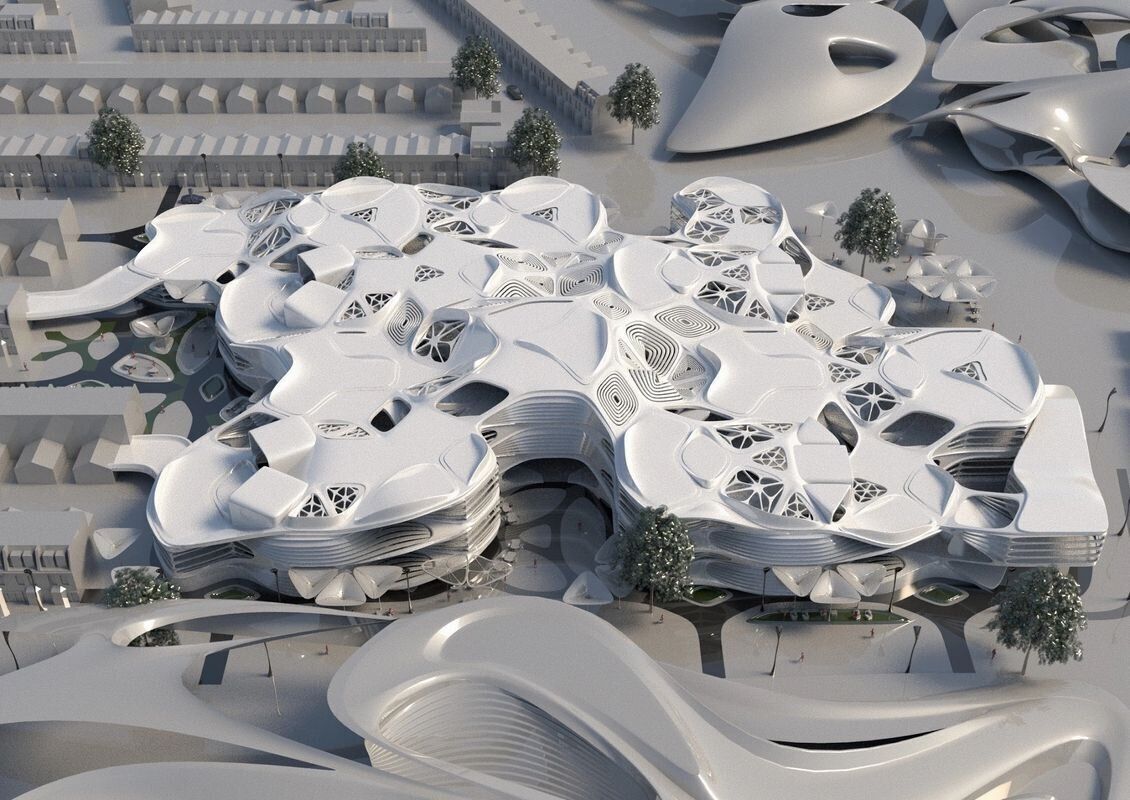
But before taking up this modelling technique, it is necessary to know what it is and what the benefits and challenges of parametric modelling are.
What is parametric modelling?
Parametric modelling is a digital modelling process and a subset of computational design techniques that works on a series of algorithms or parameters to modify the shape of model geometry while incorporating attributes for the real behaviour of the object. It is sometimes referred to as feature-based or history-based modelling. Parametric modelling is slowly becoming one of the most sought-after digital practices for architects with many firms looking for candidates with knowledge in Rhino 3D, a popular parametric modelling software.
Benefits of Parametric Modelling
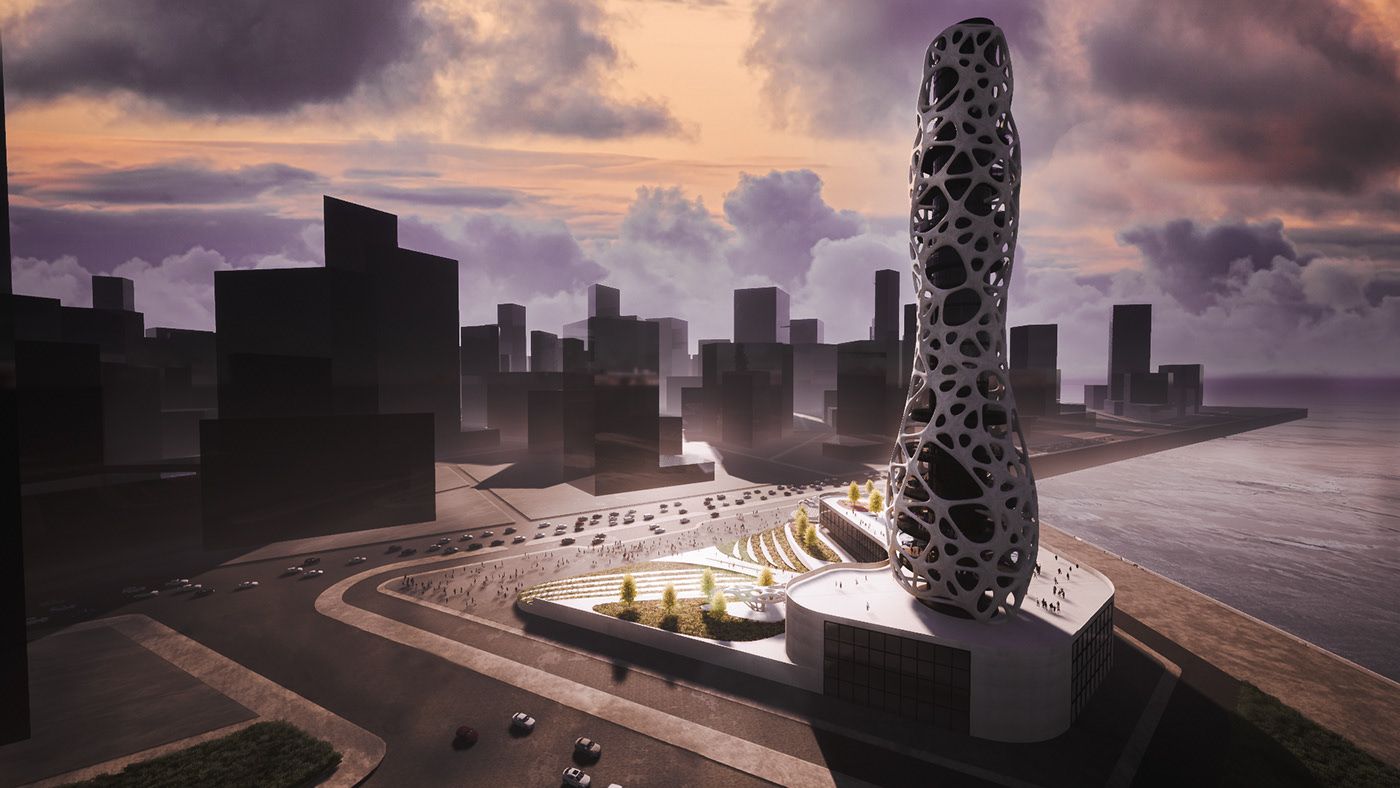
Thalassic Hotel design project by Novatr learner Raghad Waisan
1. Complex Geometries
When someone mentions Parametric modelling, the first thing that comes to mind for most people is the designs with complex geometries - think Heydar Aliyev Centre and Louvre Abu Dhabi. Its ability to create curvy forms has enabled designers to study nature attentively for organic forms and give their best shot at biomimicry which results in less design homogeneity. The use of Parametric design is not limited to buildings. It has been used to create products from small, such as jewellery, to large, such as bridges and automobiles.
2. Good with Accuracy
Why are architects and designers using parametric modelling increasingly? In addition to complex forms, parametric modelling software can perform any design modification with accuracy and efficiency. It allows maximum design solutions with minimal human input, thus reducing human error.
Just one change in the dimension can modify the subsequent dimensions simultaneously and possibly the entire model. Particularly advantageous for the schematic design phase, such functions enable the designers to explore different design options.
3. Time Efficiency
The software also makes the workflow efficient by automating repetitive tasks, thanks to the helpful algorithms. Moreover, any model part can be stored with all its attributes and inserted into other sections. In general, architects and designers can save time when modelling in parametric software as the tasks get automated wherever possible, plus less rework on errors.
4. Hand-in-hand with Manufacturing
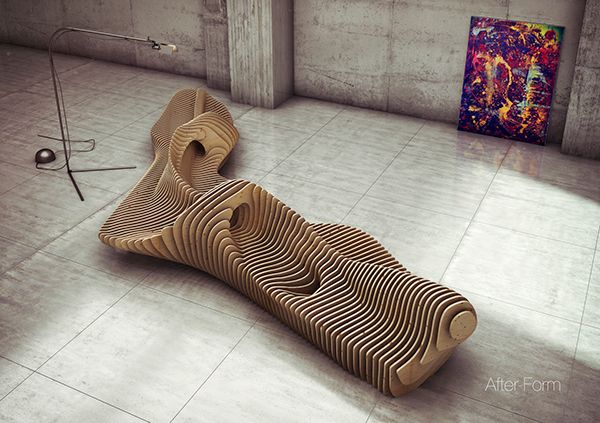
Parametric bench by Oleg Soroko (Source: https://www.behance.net/After-form)
Designers have used Parametric modelling in parallel with digital fabrication and manufacturing due to a stable integration with such processes. They decrease the production time while producing the final product with accuracy. From footwear to houses, 3D printing is one field wherein we can observe the creative use of parametric modelling.
The Limitations of Parametric Modelling

algorithmic sequence defined by Grasshopper (Source: https://www.researchgate.net/)
1. Steep Learning Curve
The steep learning curve is perhaps the most talked-about limitation of parametric modelling. Many hesitate to start learning as all the components and functions of the software itself may seem daunting. It takes a much longer time to learn and master than non-parametric (direct modelling) software. But bear in mind that those functions are what perform the parametric capabilities.
2. Requires Complete Understanding and Upskilling
The reason for a steep learning curve is that parametric modelling takes a mathematical and systemic, hence complex, approach to 3D modelling. Therefore, when learning parametric modelling, it is necessary to understand the basics to master the process. The learner should consider this a complete upskilling as the approach is unlike other software; a half-hearted effort will only slow down the progress!
3. Less Intuitive
Parametric software such as Rhino, when compared with software like Sketchup, is known for being less intuitive due to its approach and techniques. That's because Sketchup uses a simpler modelling approach known asdirect modelling. In parametric modelling, a change in a single parameter can affect the rest in the feature tree, hence working on a parametric modelling software requires much attention to detail and considerable planning. Don’t expect the modelling process to be quick and easy - it is all about the process to present the right solution.
This process is generally known as algorithmic thinking. It is essentially critical thinking in systematic logical processes to create algorithms - a formula for calculating and processing data and automating tasks. Algorithmic thinking, and the associated parametric modelling, are all about building a complete sequential logical process rather than coming straight up with the result. These are done by algorithms, making instructions for a responsive defined output.
By engaging algorithmic thinking, we can exploit the advantages of computational tools, including parametric modelling, extensively.
4. Limited Flexibility
Parametric modelling can churn out different design options based on the parameters, but it is all done by the algorithms. The user has less control over the overall design modification when compared to direct modelling. For example in Sketchup, because the model can be modified by the edges, corners and surfaces, it allows the user to freely transform the model. On the other hand, as all the parameters are interconnected in a parametric model, the resulting change can become greater than expected.
Implementation Challenges
Parametric modelling is gaining popularity, but still, many architects have yet to take it up. The steep learning curve is rather daunting for many, with the dedication required becoming a constraint for the working professionals. It is also likely that many architects and designers tend to focus on the outcome, the final model, instead of the process of creating it. The limitations of parametric modelling as mentioned above have restrained any interested party to take a step towards it.
However, when all those fears and challenges are overcome, one can see the wonders of parametric design modelling. It is efficient and accurate at producing any form that enables the designer to explore, and yet, stick to the original design intent. As a firm, this means there will be more user-friendly and responsive designs that cater to distinct design intentions. Perfect to showcase the capabilities of the firm!
Tips to Learn Parametric Modelling
● Choose the right software for yourself and stick to it. Swaying to multiple software options concurrently might hinder your progress gravely.
● Make computational thinking a habit. The concept works on parameters and algorithms so needless to say a good understanding of how they work is the most vital.
● Start learning from the foundations - like understanding the algorithms. It’s only later that you should learn the software and modelling processes. A step by step learning process is what will help you long term.
● Get proper guidance from experienced professionals. They can share their knowledge and experience with the software but also give inputs and ideas based on real projects, as they have the actual work experience.
A portfolio is imperative, regardless of any design field. Learn by working on projects. The projects do not need to be real - your aim should be to learn how to use the knowledge you gain into practice.
All in all, learning and using parametric modelling software is not a walk in the park. It lacks ease and flexibility when it is time to modify the model. But, don’t fret, it isn’t rocket science either! Anyone from fresh university students to a professional with years of experience can learn parametric modelling.
Have you been wanting to learn parametric modelling? Then why not join Novatr’s Parametric Modelling Certification Course, with the input from industry experts and work on real projects? To learn more about parametric design and its software, take a look at our Resources.

Join 100,000 designers who read us every month
